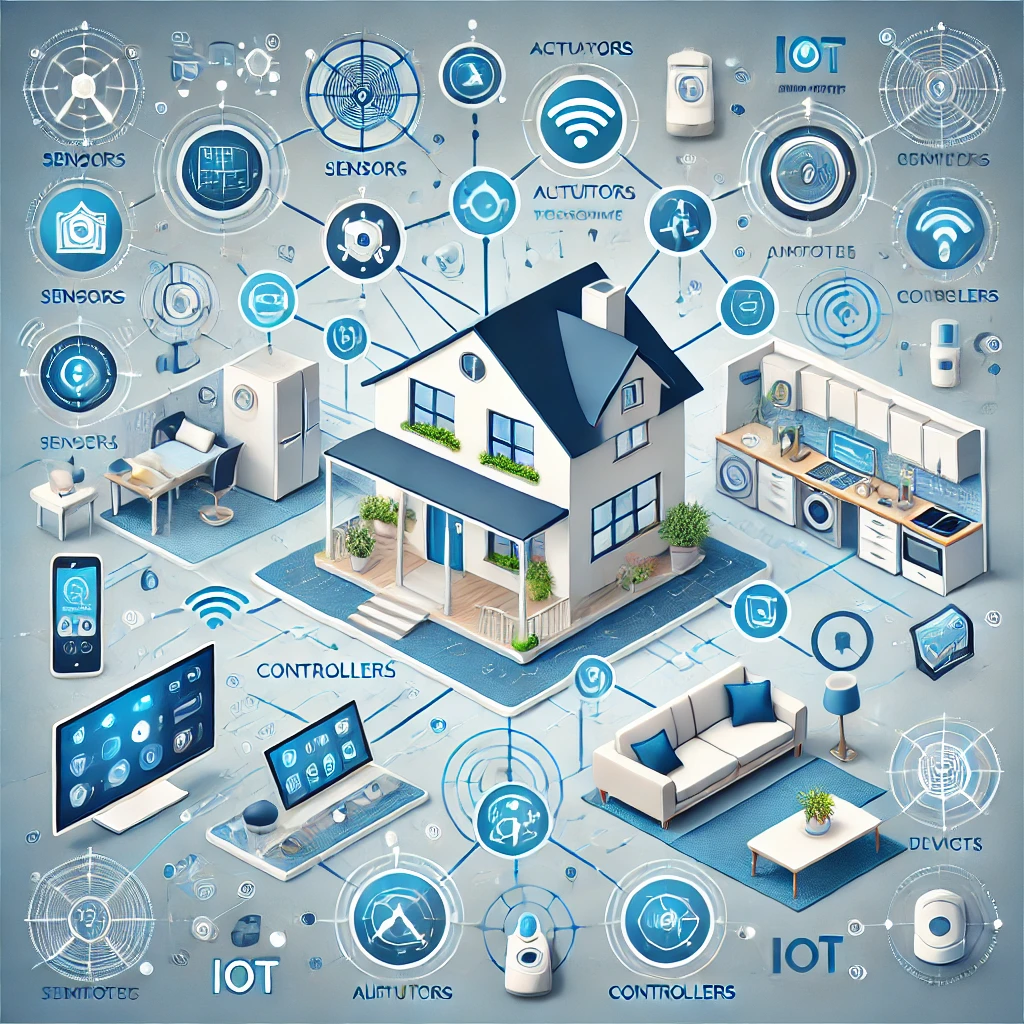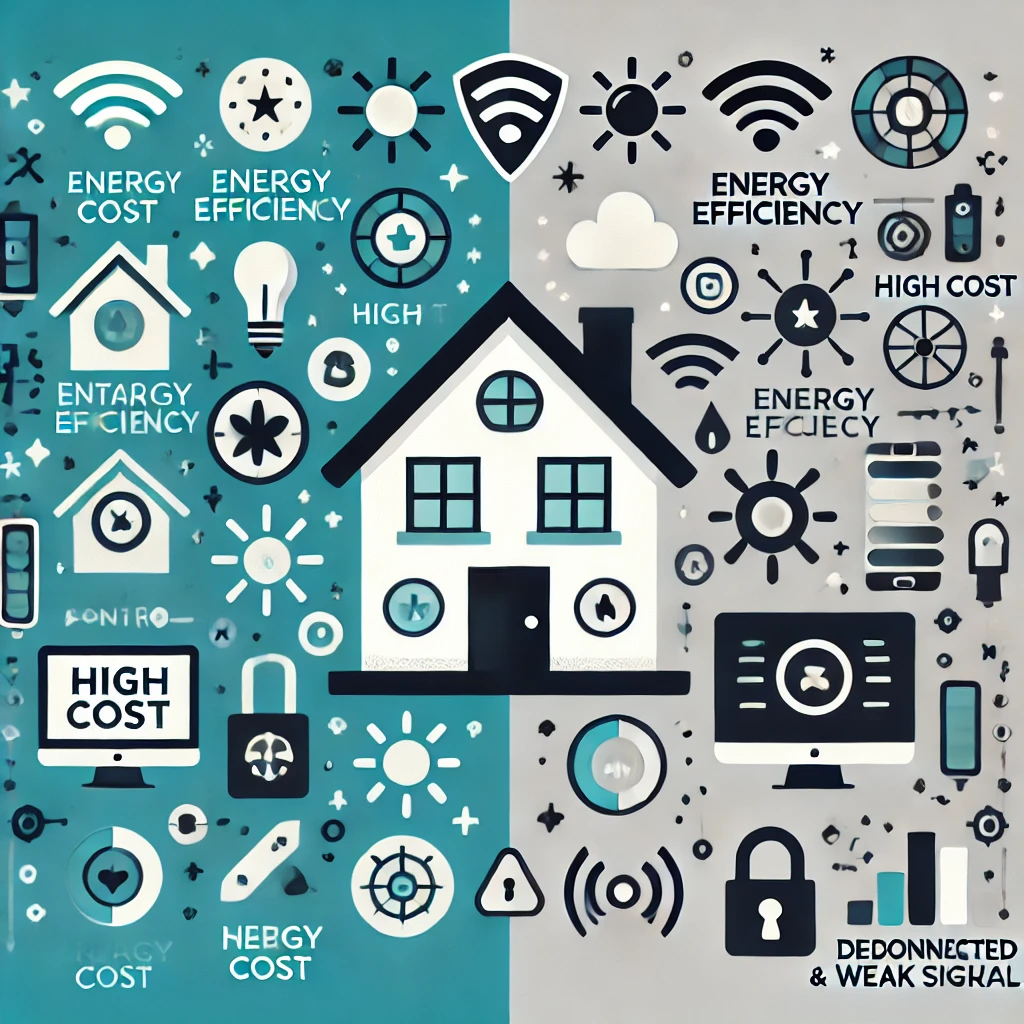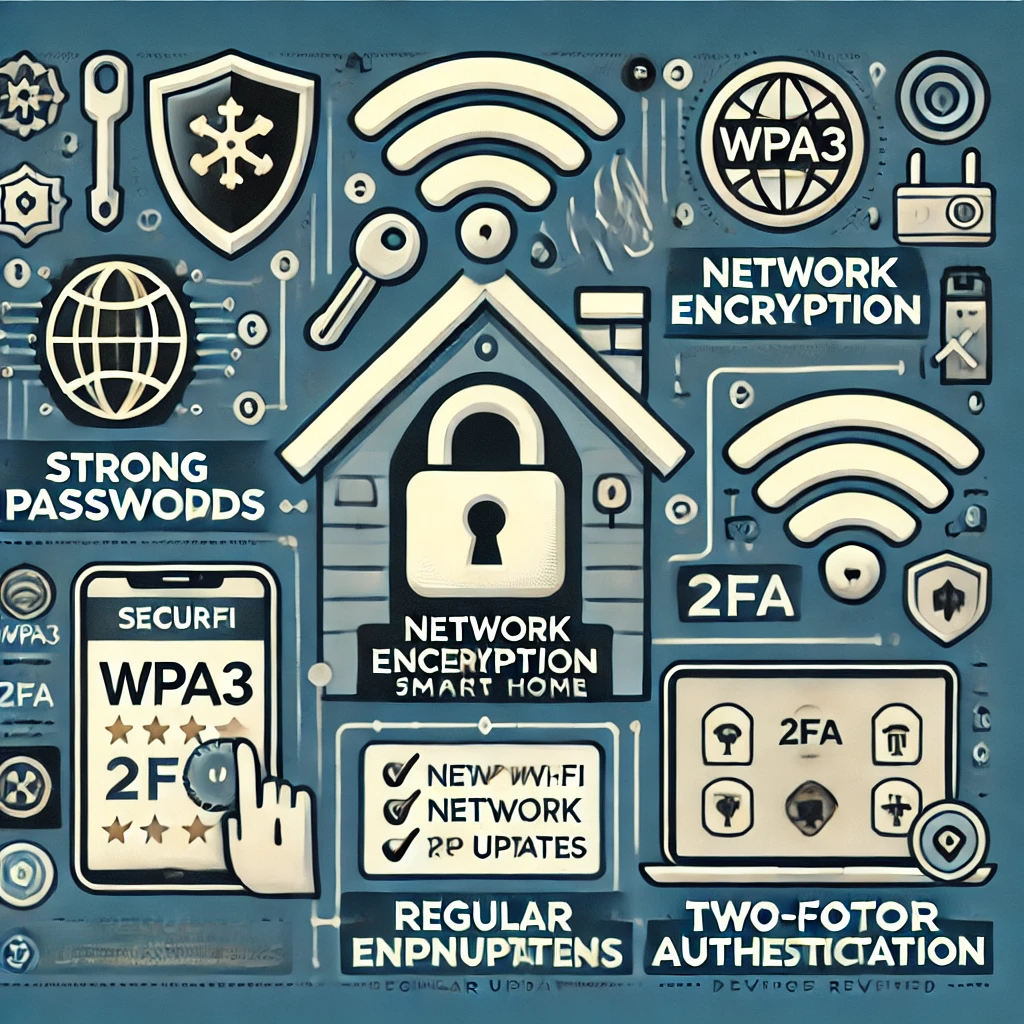What is a Smart Home?
What is a smart home? A smart home refers to a residence equipped with devices that automate tasks normally handled by humans. These devices are connected to the Internet and can be controlled remotely via a smartphone, tablet, or computer.
To answer the question of what a smart home is, we must consider the convergence of wireless communication, computing, and Internet technologies. Early smart homes began with basic automation for lighting and appliances, but modern smart homes now incorporate advanced systems for security, entertainment, energy management, and more.
How Does Smart Home Technology Work?

To fully understand what a smart home is, we need to see how smart home technology integrates various devices and systems to provide enhanced convenience, efficiency, and security. Key components include sensors, actuators, and controllers. Sensors detect changes in the environment, such as temperature or motion. Actuators control physical devices like lights or locks. Controllers, often in the form of a central hub or a smartphone app, manage the communication between sensors and actuators.
The Internet of Things (IoT) plays a crucial role in smart home technology. IoT refers to the network of physical devices connected to the Internet, enabling them to collect and share data. In a smart home, IoT devices communicate with each other and with users, allowing for seamless integration and automation. For example, a smart thermostat can adjust the temperature based on occupancy data from motion sensors, while a smart fridge can notify the homeowner when groceries are running low.
Key Features and Functionalities of Smart Home Devices

Smart homes are equipped with a multitude of features specifically engineered to improve comfort, bolster security, and increase the overall efficiency of daily living. These innovative systems integrate cutting-edge technology into residential settings, allowing homeowners to experience a new level of automated convenience and control.
- Smart Lighting
Smart lighting systems are designed to enhance energy efficiency and user convenience by adjusting the brightness and color temperature based on the time of day or the presence of occupants in a room.
Discover the possibilities with smart lighting systems that allow you to manually control brightness and color temperature to create the perfect ambiance for any time of day. Check out ONENICE for the innovative RGB & CCT remote controller options.
- Smart Thermostats
These devices, such as Google Nest, feature integrated Wi-Fi that allows users to schedule, monitor, and control home temperatures remotely. They learn user preferences and behaviors to automatically adjust settings for optimal comfort and energy efficiency. Additionally, they can report energy usage and remind users to change filters.
- Smart Security Systems
Smart security systems encompass a variety of advanced, interconnected devices such as cameras, smart doorbells, and electronic locks, which can all be monitored and controlled remotely through a centralized app or web interface.
These systems provide real-time alerts and updates on security events, allowing homeowners and business managers to view live footage, receive notifications of suspicious activities, and even remotely unlock or lock doors for visitors or service personnel.
- Smart Appliances
Refrigerators, ovens, and washing machines offer advanced features like remote controls and status notifications.
For example, smart refrigerators can track inventory and expiration dates, send alerts when groceries are running low, and even suggest recipes based on available ingredients. Additionally, smart ovens can preheat remotely and provide cooking notifications, while smart washing machines can optimize water and energy use based on the load, enhancing the overall user experience and contributing to household management efficiency.
- Voice Control
Devices equipped with voice control capabilities offer users the convenience of managing their smart home systems through simple spoken commands. This hands-free operation enhances accessibility, allowing you to control everything from lighting to security systems effortlessly.
For more on voice-controlled devices, check out the Indoor Smart Voice Remote Controller and the Whole House Smart Wireless Voice Control Hub at ONENICE.
Read more:5 Must-Know Features of a Smart Home You Can’t Ignore
Smart Home Pros and Cons

Advantages of Smart Homes
- Convenience: Automating daily tasks and controlling devices remotely save time and effort.
- Energy Efficiency: Smart devices optimize energy use, reducing utility bills and environmental impact.
- Security: Enhanced monitoring and control of security systems provide peace of mind.
- Customization: Users can tailor their smart home systems to meet their specific needs and preferences.
Disadvantages and Challenges
- Cost: Initial setup and ongoing maintenance of smart home systems can be expensive.
- Privacy Concerns: The data collected by smart devices can be sensitive, raising concerns about privacy and data security.
- Technical Issues: Compatibility between devices and network reliability can be problematic, requiring technical expertise to resolve.
- Dependence on Internet: Many smart home functions rely on a stable Internet connection, which can be a limitation in areas with poor connectivity.
How to Secure a Smart Home?

Securing a smart home involves several critical steps:
- Strong Passwords: Use unique, complex passwords for all smart devices and change them regularly.
- Network Encryption: Ensure your home Wi-Fi network is encrypted with WPA3, the latest security protocol.
- Regular Updates: Keep all devices’ firmware and software up to date to protect against vulnerabilities.
- Two-Factor Authentication: Enable two-factor authentication (2FA) for added security on smart home apps and accounts.
- Device Management: Regularly review connected devices and remove any that are no longer in use.
How to Make a Smart Home?
Creating a smart home involves careful planning and execution:
- Assessment: Determine your needs and the specific smart home features that will benefit you most.
- Budgeting: Establish a budget for your smart home setup, considering both initial costs and potential long-term savings.
- Choosing Devices: Select compatible devices from reputable brands that fit your requirements.
- Installation: Install and configure the devices according to the manufacturer’s instructions or seek professional installation services.
- Integration: Use a central hub or app to integrate and control your smart home devices seamlessly.
Tips for Optimizing Smart Home Setup
- Start Small: Begin with a few key devices and expand your system gradually.
- Research: Read reviews and seek recommendations to choose reliable and user-friendly devices.
- Automation: Take advantage of automation features to simplify your daily routines.
- Support: Join online communities or forums to learn from other smart home users and troubleshoot issues.
Conclusion
In conclusion, the question “what is a smart home?” can be answered simply as a gateway to enhanced living through technology. By embracing the capabilities of smart devices, you can streamline daily tasks, bolster security, and increase energy efficiency within your home.
A smart home transforms traditional living spaces into dynamic environments that respond to and anticipate your needs, providing unparalleled convenience and comfort. As we look to the future, understanding what a smart home is will be key to adopting and benefiting from these intelligent technologies. Ready to make your home smarter? Visit ONENICE now to explore the latest smart home devices and start your journey towards a more connected and efficient home.
Recommended articles:
How to Organize Bathroom Toiletries for a Clutter-Free Haven!
Wall Storage for Small Bathroom: 9 Steps to Maximize Space!

